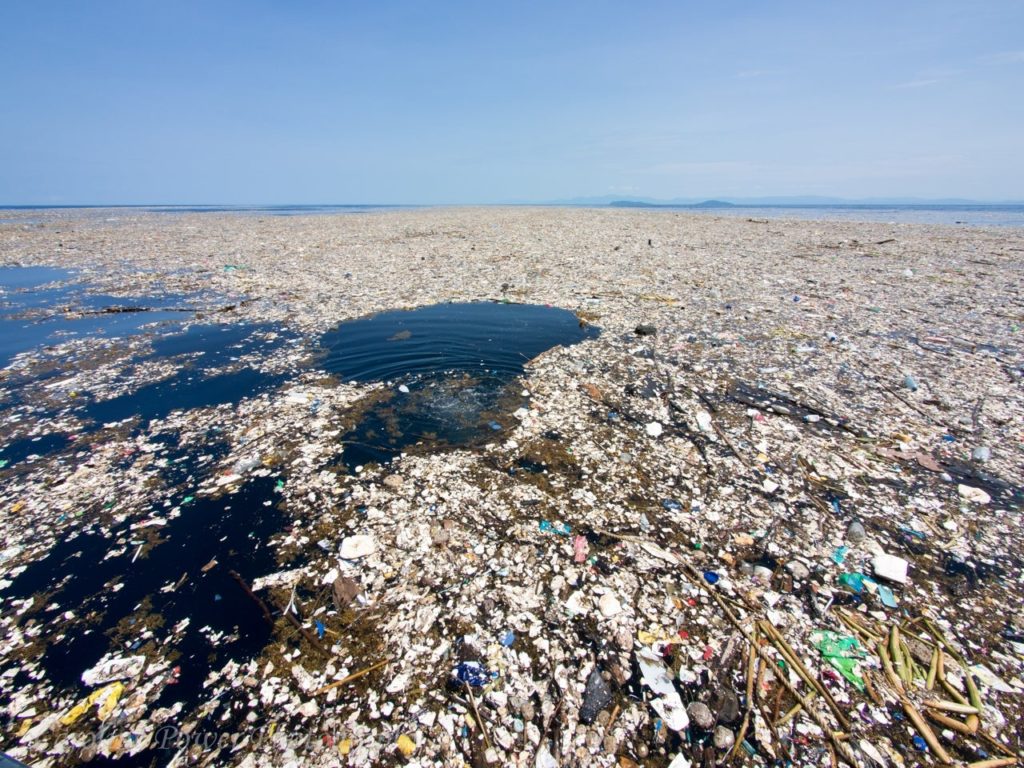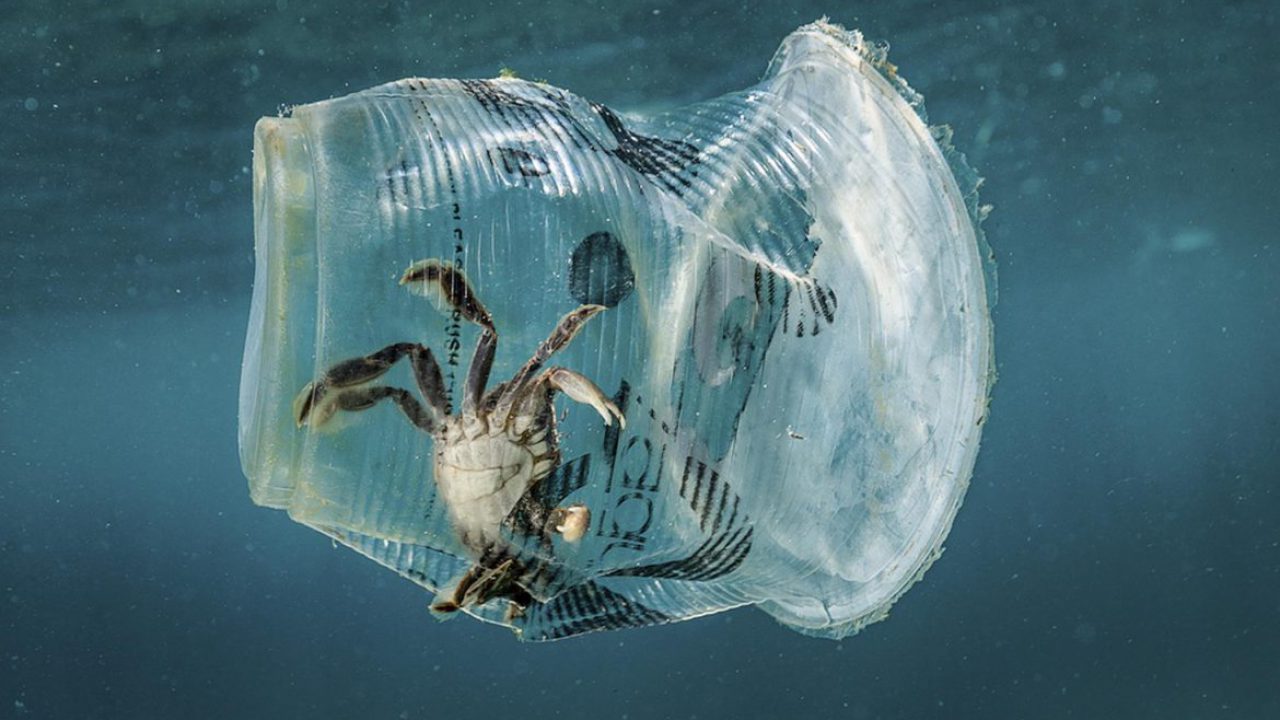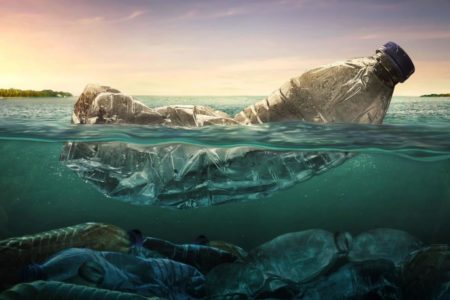The plastic, the big discovery of the twentieth century and the bitter enemy of the twenty-first. Do you know how much plastic ends up inside our seas and oceans? About the 80% of all the one produced and spreaded. It’s a lot. Once in the water it moves, it reaches places that, back in time, where uncontaminated, they come together by creating massive islands of floating garbage, it sets on the seabed and it destroyes whole ecosystems. The plastic wastes are a problem and all the world must do something about it. Meanwhile a team of researchers studied how these wastes move and come together in the ocean. Let’s discover together the routes of plastic.
The study about the routes of plastic inside our oceans
How does the plastic move inside the ocean? Where is it coming from? Where is it going? How does it come together by creating massive and monstrous islands of garbage? Which stream and vortex do these plastic wastes follow?

Those all the questions to which the team of researchers of the American Institute of Physics, together to a group of german scientists, are trying to give an answer.
The study was published on AIP Publishing – Chaos and it is signed by many researchers and scientists, between which Philippe Miron, Francisco Beron-Vera, Luzie Helfmann and Peter Koltai.
Why do many wastes go in a specific area of the ocean? How did they arrive there? The scientists created some models that try to simulate the routes of plastic, so to better understand their movements.
This study is very important because it might help us to keep under control and to check the phenomena and, maybe, even to try to find a solution to reducing it, by following the routes of plastic.
The plastic isn’t a small problem
How much plastic do we produce? How much do we use? And how much are we able to recycle? Currently the annual production of plastic is 396 million of tons of plastic. But only the 20% of them is then recycled. The remaining one ends in the circle of waste. It’s stored in the dump, but almost all of it, at the end, ends up in the waterways.

The rivers are full of plastic waste that end up in the seas and the oceans, by creating incalculable damages to the sea creatures and to the ocean ecosystems. But not only. The human being, like always, is the cause of his own evil, and he suffers from the oceans pollution too.
By the way, it seems that we forgot about the plastic problem. While all the world is focused on the current health and economic crises and while, someone else, is still getting worry about the climate crises, no one remember anymore the plastic. But it’s going on with its unstoppable race toward the sea, without slowing down.
The routes of plastic
Almost no one, in reality. There are some groups of scientists and environmentalists that is still investigating about the phenomena. And the research about the routes of plastic seems to be underway looking for a solution.
“In this work, we are focusing on the ways from the coast to the subtropical vortex, from a vortex to another and from the vortex to the coast. We identified a transition channel with high probability that connects the Great Pacific Garbage Patch with the coasts of the Easthern Asia, which suggests an important source of pollution of plastic which comes from Asia.
Furthermore, the weakness of the Vortex of the Indian Ocean as a trap for the plastic debris is coherent with the transitions ways that converge in the middle of the vortex”, explains Miron, one of the researchers of the team about the routes of plastic.
The scientists studied how the subtropical vortex affect the routes of plastic. But the Great Pacific Garbage Patch, the very famous island of plastic in the South of the Pacific Ocean, that now reached impressive sizes (it is as big as the whole Iberian Peninsula), isn’t the only one.
Infact, they identified six islands of plastic of considerable size: two of them in the Pacific Ocean, two in the Atlantic Ocean, one in the Indian Ocean and one in the Artic.
Not only Great Pacific Garbage Patch
The team of scientists didn’t only focus on the asian route of the Great Pacific Garbage Patch. Inside the study, infact, there are even the subtropical vortex of the North of the Pacific Ocean and the vortex of the South Pacific.
According to the researchers their study brought to the discovery of the routes of plastic, which gives “targets for cleaning efforts and management of the waste”.
This post is also available in:

